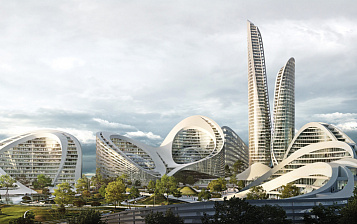The perfect storm in the construction market. Why in 2021 the price of all building materials has risen.
In June 2021, while Central Russia was sweltering with record-breaking heat, the atmosphere in the construction industry was unexpectedly much hotter. Specialists and ordinary buyers of building materials recorded in the first six months an increase in prices from 50% for almost everything used in construction: up to 100% for fittings and other metal elements, and even up to 200–300% for lumber (up to plywood and made from sawdust of OSB-3 boards). What is this? New consequences of the pandemic or a global cartel of monopoly manufacturers? These and other questions were discussed with market experts by the special correspondent of our publication Maxim Kirsanov.
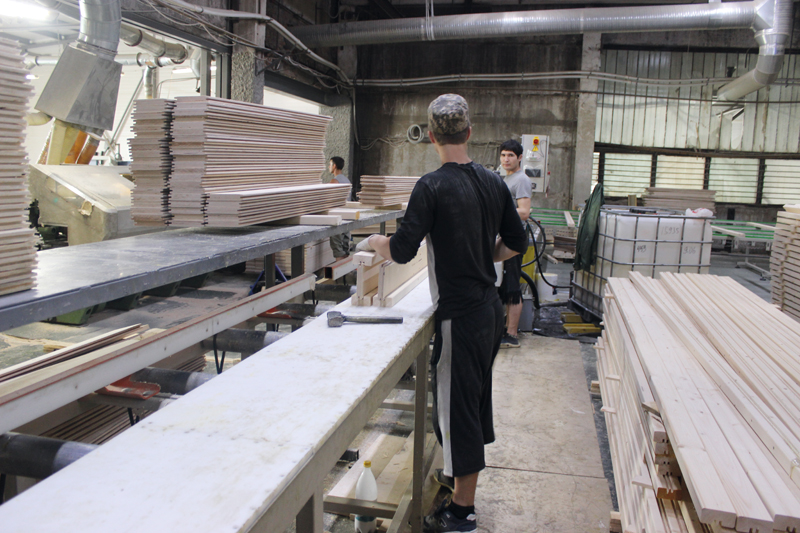
Search for the guilty among the builders
Understanding the reasons is the first step towards finding a way out, the more interesting are the reasons for the overheating of the construction market, voiced by the Russian authorities. As in the case of sudden outbreaks of coronavirus, the extreme close ones were citizens. The head of the Central Bank of the Russian Federation, Elvira Nabiullina, not only stated in June that preferential mortgages led to the fact that “the real affordability of housing did not increase, because the imbalance in supply and demand led to an increase in prices and ate all the benefits of lowering rates,” but also lobbied the President countries reducing the loan limit for housing to 3 million, which automatically cut off the millionaires. Deputy Prime Minister Marat Khusnullin rather disagreed with his colleague, saying that, according to the FAS investigation, mortgages on average led to an increase in prices by 4-5%, and everything else was the impact of the pandemic, primarily the outflow of migrants. According to the official, Russia is now short of a million cheap laborers. At the construction sites in Moscow this summer, instead of the usual Central Asians, you can even see Africans - construction contractors are looking for any opportunity to find workforce. The Russian government has already promised to support a liberal approach to migration policy and even help visitors as much as possible with vaccination.
However, unlike officials, the builders themselves do not consider this a panacea. After all, the rise in housing prices has just begun, but the rise in prices for building materials in Russia has been gaining momentum like an avalanche for more than six months (since a 2-fold increase in prices for rebar and rolled metal in December 2020). Then came lumber, insulation, and then everything else down to nails and bricks (by 22%!).
Manufacturers of building materials - from metallurgical enterprises to logging organizations - of course, found something to answer. They also have a shortage of workers and problems stopping production during lockdowns. Everywhere they report an increase in the costs of logistics, government regulation (“the amounts of taxes and duties are now verified even with the help of drones!”, One of the loggers sighed at the conference “Low-rise construction”), packaging and basic chemical raw materials. There is not even enough glue for gluing sawdust into the notorious chipboard or OSB-3 boards, which showed a 300% increase in percentage, including due to a 50% increase in the prices of components (with a huge queue for receiving them). As it turned out, despite the big plans for import substitution, Russia still does not have its own production of isocyanates (the main component for the production of polyurethanes needed for all basic insulation), which is being transported from India and Europe (or rather, they were transported until the pandemic disrupted the supply chains). Behind the mass of technical details, however, it is not a secret for anyone in the industry that, as usual, the factories did not succeed in accumulating stocks for the summer during the winter, not so much because of the shortage, but because of the ongoing growth of exports. Choosing between the domestic market and the foreign one, the factories almost 100% chose foreign buyers who were ready to pay more. Prices have gone up everywhere as a result.
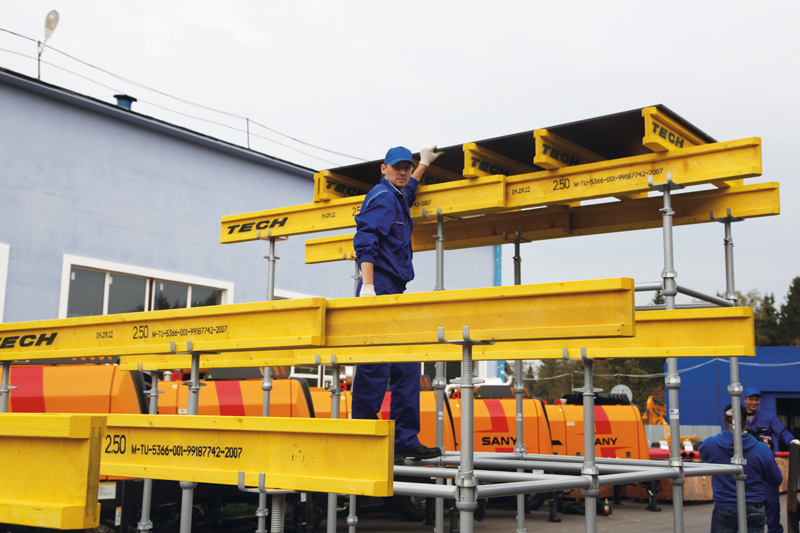
Russia in the ring of buyers
"Beware of your desires, because they will come true" - says the folk wisdom, also attributed to Lao Tzu. In a sense, this phenomenon happened with the Russian dream of import substitution, which has been growing since 2014. Russia has been importing less and shifting more and more to exports, especially goods listed on the stock exchange. The depreciation of the ruble helped. The production of beams and boards in Russia turned out to be twice as cheap due to raw materials and low-paid labor force than in the USA and Canada, it turned out during the IPO in the spring of 2021 of the Segezha Group holding (“subsidiaries” of AFK Sistema). Russia, which has almost 20% of the world's forest reserves and 50% of all coniferous forests in the world, naturally became the largest exporter of sawn timber. From 2015 to 2019, deliveries from Russia increased by 4.5 million cubic meters. m, up to about 27 million cubic meters. m, in the "pandemic" 2020 - 30 million cubic meters. And the plans are to increase the export of Russian sawn timber to more than 35 million cubic meters. According to Finnish experts from Vision Hunters: in addition to Europe and Asia, Russian wood will soon conquer even Africa. The Europeans are already complaining and imposing new 15% duties due to the "dumping of the Russians", but the huge global demand will obviously not stop the flow of exports in the near future. After sitting on strict quarantines, the American and European inhabitants vote with their cash reserves, actively equipping their suburbs, which have come to life again in the era of remote work.
Wanting to help Western and Eastern “partners” through payments in foreign currency and cover their deficit, manufacturers are ruthlessly working for a shortage in Russia, which has also accumulated huge pent-up demand during the pandemic. Prices rushed up, but the desire to build in our country, as it turned out, does not lag behind the global post-pandemic revival and the market is “overheating”. When there is not enough goods on the one hand, retail grows galloping, but wholesalers are also unlucky - in order not to stop the production of their goods, b2b companies are ready to pay any money and inflation enters a new circle. Wood is not only the basis of the furniture business and low-rise construction, but also part of a huge number of production chains - up to formwork, which works well only with plywood panels or product packaging (which has already risen in price by about 70% due to a shortage of chemical industry). And all this against the backdrop of complaints from small owners of forest plots about state regulation in favor of large producers. As often happened, structures affiliated with the authorities are actively moving towards monopolizing the market and squeezing out smaller and more flexible producers.
Similar problems, but even in a more global format, occur in the metallurgy market. If Russian wood is especially equally popular in Europe and America and in China, then in the case of metal, it is the latter that is the decisive factor. And it turned out not only in the recovery post-pandemic growth, but also in the long-term policy of the Chinese authorities. For more than 5 years, they have planned to reduce excess metallurgical capacity in their country, fought against illegal steel smelting and obsolete enterprises - in total, about 20% of production was withdrawn, and the rest were actively modernized as part of the decarbonization strategy. This policy not only ended the period of “cheap steel” in the world (the fall in its value in the world amounted to 57% from 2011 to 2015), but also became a window of opportunity for Russian companies. As a result, Russian enterprises, as well as loggers, turned out to be export-oriented and gradually imposed global prices on the domestic market, which led to at least a twofold increase in prices for rebar, piles and other building materials, such as formwork profiles.
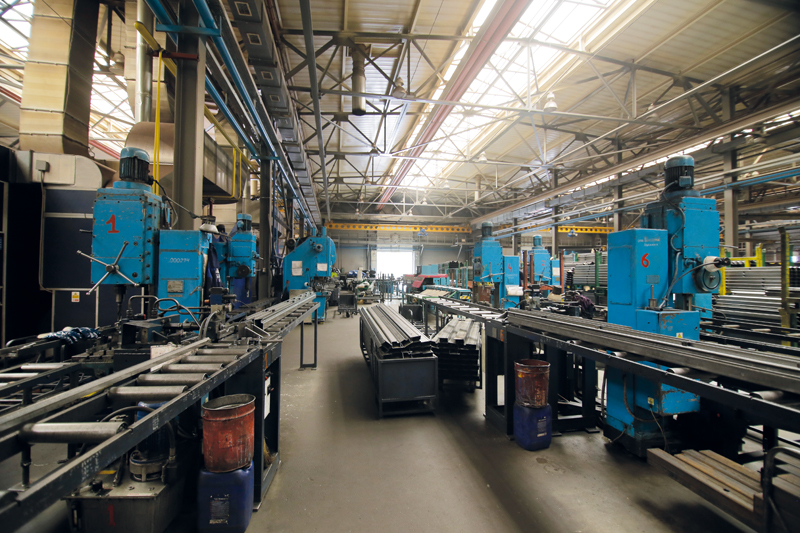
“At the moment, the increase in prices has captured us too - after all, the price of the main components has increased - primarily steel profiles,” comments Roman Seleznev, director of formwork systems at PromStroyKontrakt Group of Companies. “At the same time, in order to contain the rise in prices, we are forced to reduce our own mark-up - inflation in the prices of raw materials paralyzes the development of more complex industries.”
Under these conditions, the government was in no hurry to take action for a long time and even contributed to the growth of exports by removing barriers (for example, in 2021 all metals began to be exported, says expert Pavel Pryanikov, who is following this process, up to a record export of gold). The authorities clearly hoped for automatic balancing of the market, but the attraction of such large buyers as the PRC has clearly distorted market mechanisms. Even the holy of holies of the Russian budget - the state defense order and plans for road construction - were under threat. The contracts concluded at the beginning of the year simply could not be fulfilled by the summer. Of course, the big steel magnates promised to meet the state halfway, but the rest of the construction sector was de facto asked to survive to the best of their ability, fortunately there were such opportunities.
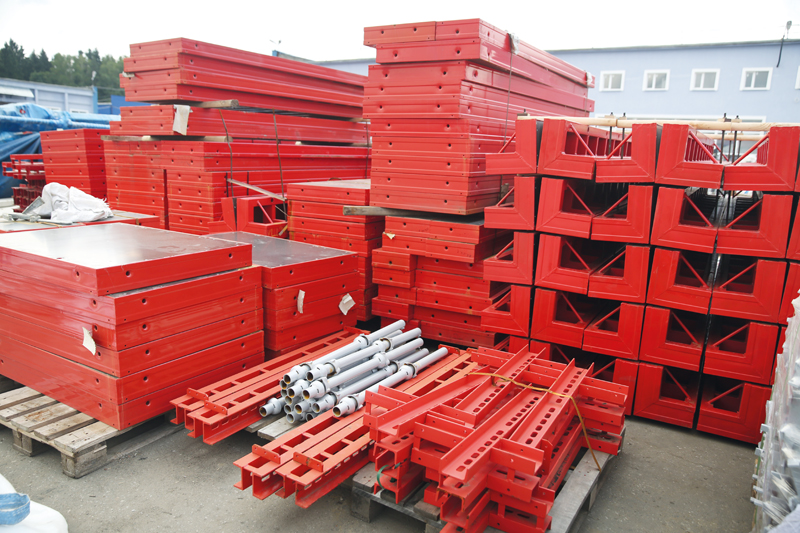
Time to optimize construction projects
“The winners of tenders in the summer of 2021 have already envied the losers,” the development director of PromStroyKontrakt Group of Companies comments on the paradoxical situation of this season, when demand in Russia and around the world leads to a constant revision of estimates. Many optimists among private customers and small companies who can postpone construction until calmer times have already taken time out until winter. But big companies bound by obligations cannot stop. “Fortunately, we entered this period with a large set of tools in the field of project optimization,” notes the honorary builder of Russia R.A. Chinaryan. “The consumption of fittings that struck with their growth, as our practice has shown, can be significantly reduced by replacing welding with a mechanical connection with steel threaded couplings.” To reduce the thickness of the floors, the designers of the PromStroyKontrakt Group of Companies offer prestressing technologies. To reduce the number of piles when strengthening excavations - geotechnical developments and mini-piles. And, of course, a lot of solutions are being used to speed up construction. After all, the well-known rule - the faster you build, the cheaper it is in an era when prices are rising every month, becomes crucial. Among the characteristic features of the season is the growing demand for sliding and self-elevating formwork, which allows concrete to rise by 2-3 meters per day. This once rare skyscraper technology has become popular in industrial and bridge construction. Even for civil engineering, where nothing often changes for decades in Moscow, in order to complete the renovation program, the introduction of innovative solutions began, such as tunnel (not to be confused with tunnel) PSK formwork, which allows you to pour both walls and ceilings in residential buildings at once.
Whether the market will be able to stabilize only time will tell. The decision of the Russian government to impose additional duties on metal exports at the end of June slowed down growth, but did not stop it at all (despite the synchronous actions of the Chinese authorities, who were also concerned about overheating of their economy), and most importantly, did not solve the deficit problem - neither here nor abroad . The announced ban on the export of lumber from 2022 has clearly increased the panic at all - all manufacturers are in a hurry to sell while they can, and the authorities are clearly not opposed to earning hard currency - subject to payment of all duties. On the other hand, there are also logistical restrictions on the further growth of exports, especially in the direction of Asia, notes P. Pryanikov. "The Trans-Siberian is already loaded to capacity with coal, oil products, grain, metals, the same timber."
Whether all these factors will help domestic builders, only time will tell, but most likely, the time has come to get used to the new normal again, where the price of housing will increase by 30-50%, in the case of capitals by at least 20,000 per square meter. And perhaps more. It remains only to hope that successful exports and production growth in the long term will also stimulate the growth of incomes in the country, which will allow the overheated economy not to become a victim of a “heat stroke”.

 DOWNLOAD
DOWNLOAD LOOK
LOOK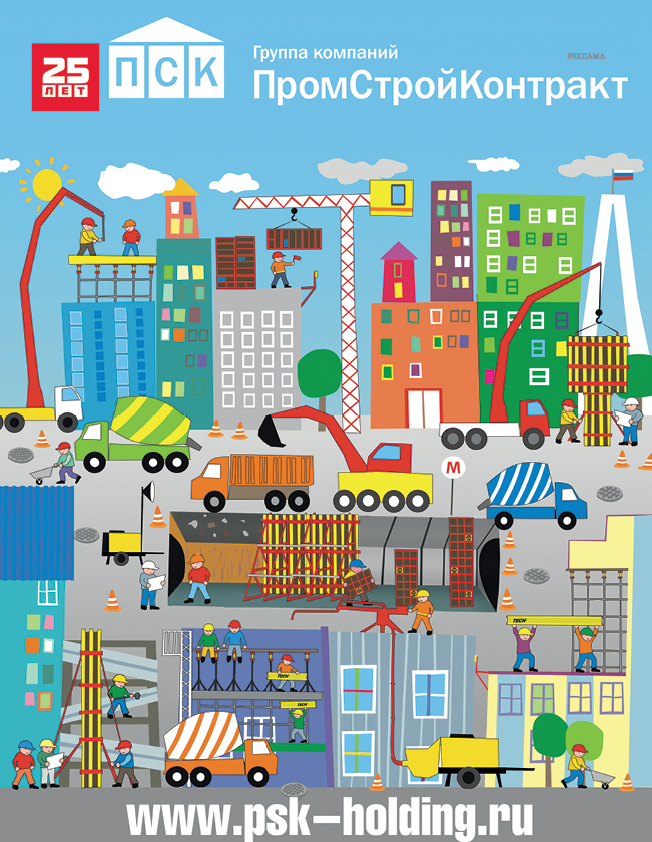
 Top Content of the Month
Top Content of the Month